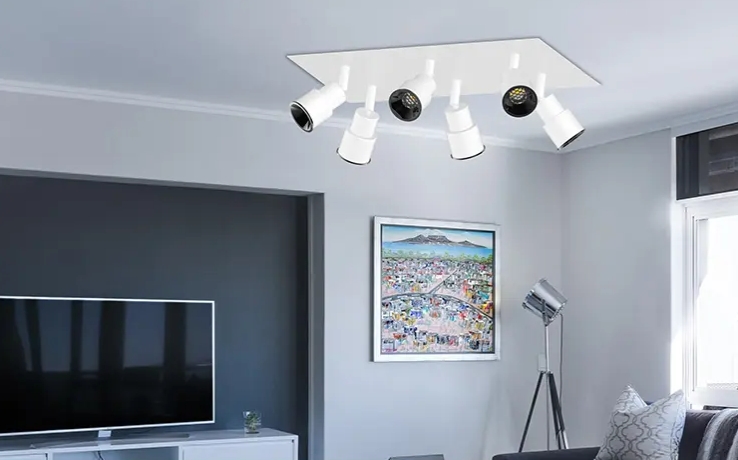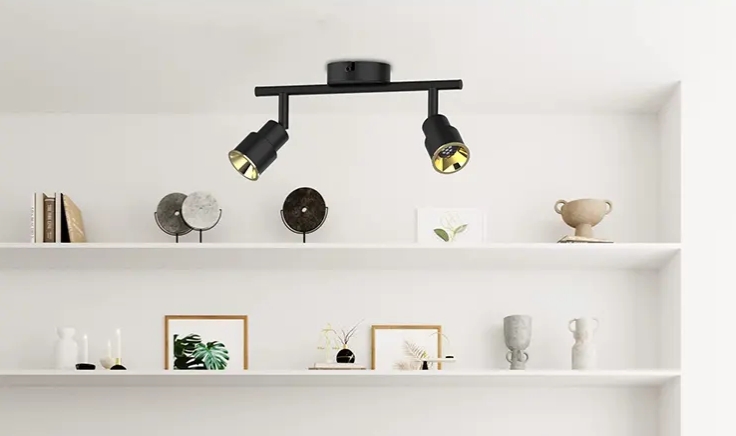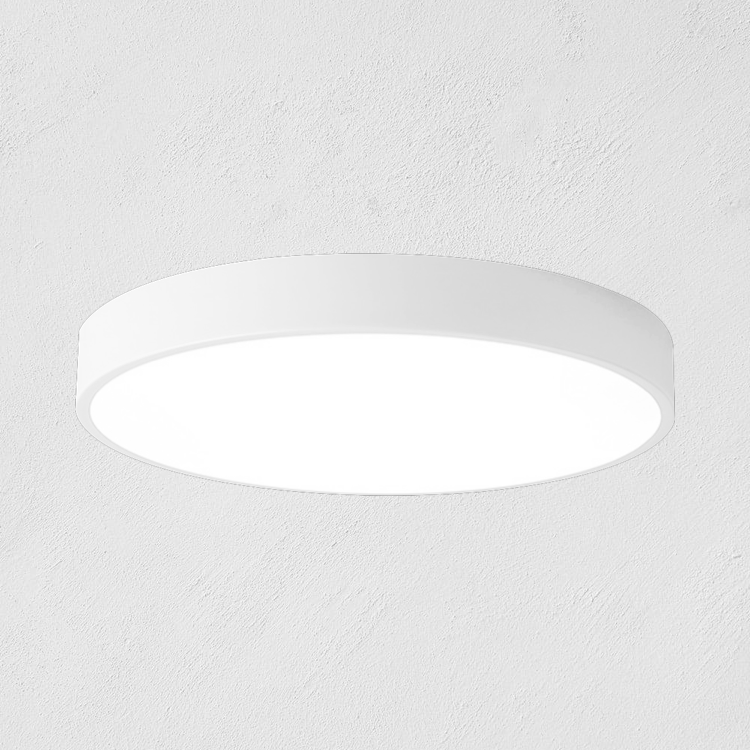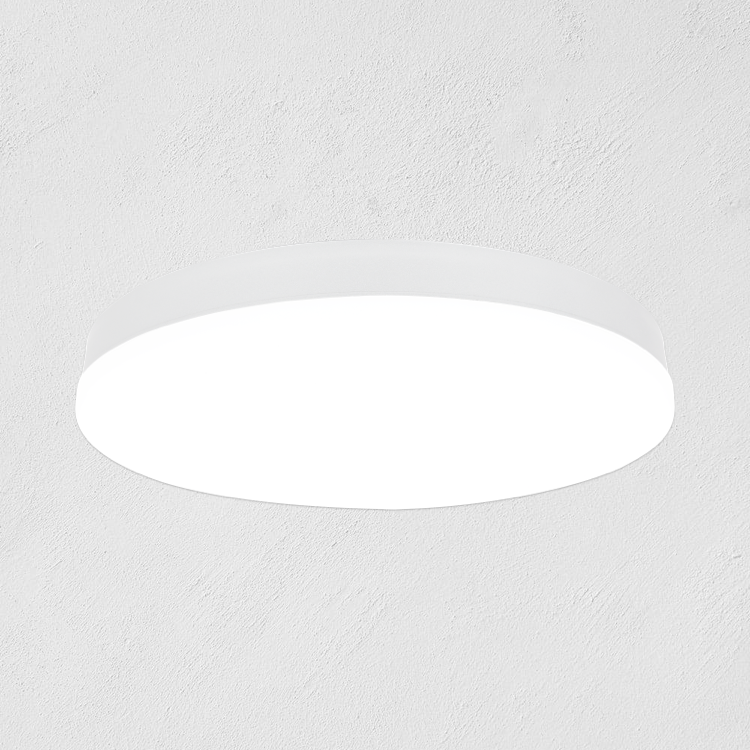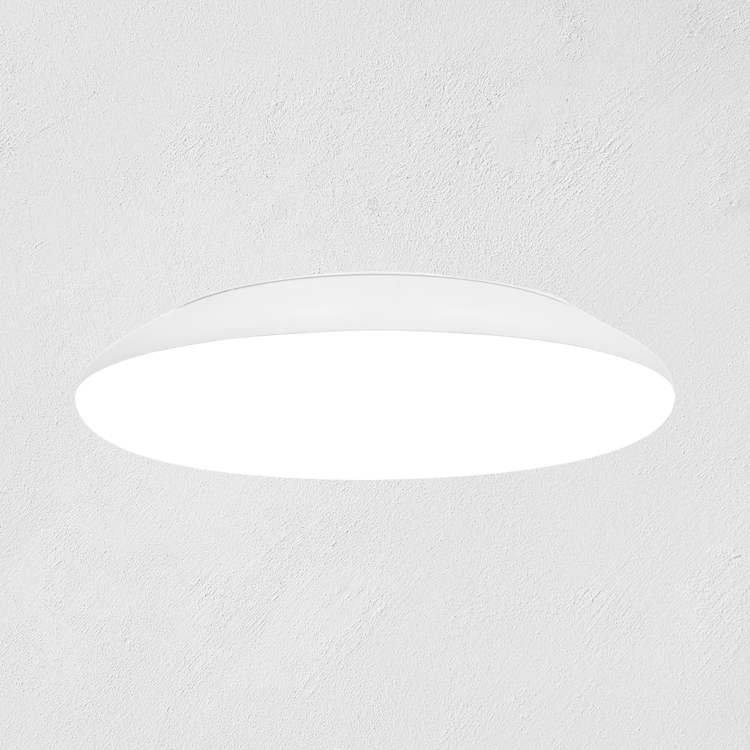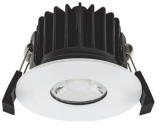Ceiling spotlights are a versatile and stylish lighting option for any room in your home or office. Whether you're illuminating a kitchen, living room, or workspace, spotlights provide focused light that can highlight specific areas or objects while adding a modern touch to your decor. However, selecting the right size of ceiling spotlights is crucial to ensure proper illumination and aesthetic appeal.
Here we'll explore the factors to consider when choosing ceiling spot light sizes to help you make informed decisions for your space.
1. Room Size and Ceiling Height
Room Size: The size of the room plays a significant role in determining the appropriate size of ceiling spotlights. Larger rooms generally require larger and more powerful spotlights to adequately illuminate the space.
Ceiling Height: Ceiling height is another critical factor to consider. For standard ceiling heights (typically 8 to 10 feet), smaller spotlights are preferable to avoid overwhelming the space. Taller ceilings may require larger spotlights or adjustable fixtures to ensure proper light distribution.
2. Lighting Needs and Preferences
Task Lighting: Consider the primary function of the lighting. If the spotlights are primarily for task lighting, such as in a kitchen or home office, opt for brighter and more focused fixtures to illuminate work surfaces effectively.
Ambient Lighting: For ambient lighting purposes, such as in a living room or bedroom, choose spotlights with a softer, diffused light output to create a cozy and inviting atmosphere.
3. Fixture Size and Design
Proportionality: Select spotlights that are proportionate to the size of the room and other lighting fixtures in the space. Oversized spotlights can look out of place in smaller rooms, while undersized fixtures may not provide sufficient illumination in larger areas.
Style: Consider the overall style and decor of the room when choosing the design of the ceiling spotlights. Whether you prefer sleek and minimalist fixtures or more decorative options, ensure that the chosen spotlights complement the existing aesthetic.
4. Number of Spotlights
Spacing: Determine the spacing between each spotlight based on the size of the room and the desired lighting effect. In general, aim for uniform illumination by spacing the spotlights evenly throughout the area.
Coverage: Assess the coverage area of each spotlight to ensure adequate overlap and eliminate dark spots. Adjust the number and placement of spotlights as needed to achieve balanced lighting.
5. Energy Efficiency
Consider opting for LED spotlights, which are energy-efficient and long-lasting compared to traditional incandescent or halogen bulbs. LED spotlights consume less energy, produce less heat, and require fewer replacements, making them a cost-effective and environmentally friendly choice.
6. Dimming Capabilities
Choose ceiling spotlights with dimming capabilities to adjust the light intensity according to different activities and moods. Dimmable spotlights offer greater flexibility and customization options, allowing you to create the perfect ambiance for any occasion.
Conclusion
Selecting the right ceiling spot light sizes involves considering various factors such as room size, ceiling height, lighting needs, fixture design, energy efficiency, and dimming capabilities. Whether you're illuminating a small nook or lighting up an entire room, finding the ideal spotlights will contribute to a well-lit and visually appealing environment. By carefully assessing these factors and making informed decisions, you can enhance both the functionality and aesthetics of your space with the perfect ceiling spotlights.


